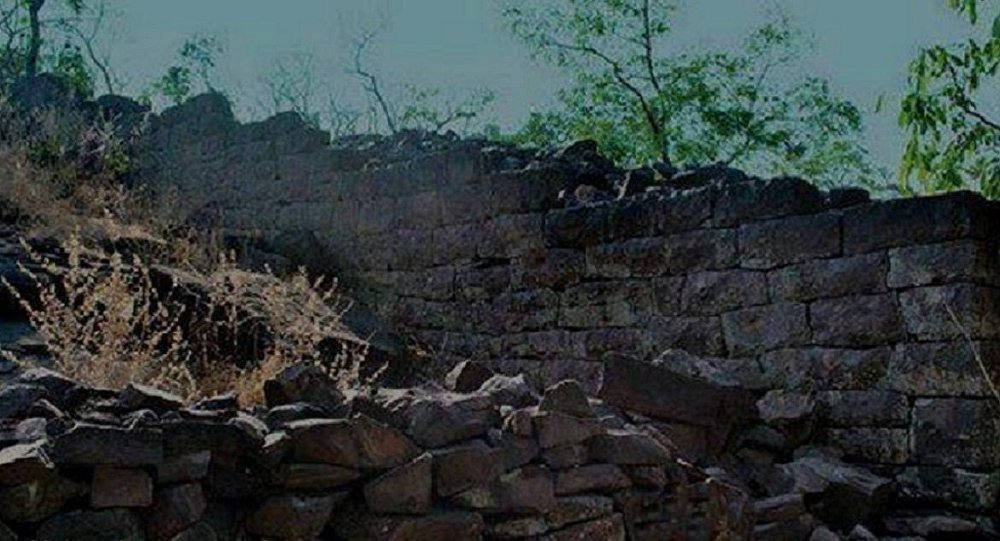OF THE
TIMES
A nation that continues year after year to spend more money on military defense than on programs of social uplift is approaching spiritual doom.
In the USA you have that Idiot Biden running the show. We, in Australia have Mr Magoo (If you don't know who Mr Magoo is, Google him?) Leftards...
I reported it yesterday morning. I had seen the report in the French news the day before already. [Link]
I wonder if the people who do have conversations with themselves have trouble quieting the mind, as for meditation.
Elon should put X on the 'plaid mode'....lol
When isreali's realise that they too are victims of this regime they will then know their true status. This regime has but one mission. To further...
To submit an article for publication, see our Submission Guidelines
Reader comments do not necessarily reflect the views of the volunteers, editors, and directors of SOTT.net or the Quantum Future Group.
Some icons on this site were created by: Afterglow, Aha-Soft, AntialiasFactory, artdesigner.lv, Artura, DailyOverview, Everaldo, GraphicsFuel, IconFactory, Iconka, IconShock, Icons-Land, i-love-icons, KDE-look.org, Klukeart, mugenb16, Map Icons Collection, PetshopBoxStudio, VisualPharm, wbeiruti, WebIconset
Powered by PikaJS 🐁 and In·Site
Original content © 2002-2024 by Sott.net/Signs of the Times. See: FAIR USE NOTICE

The line was gradually expanded as more territory was brought under British control until it covered a distance of more than 2,500 miles (4,000 km), often running alongside rivers and other natural barriers. At its greatest extent it ran from the Punjab in the northwest until it reached the princely state of Orissa, near the Bay of Bengal, in the southeast. The line was initially made of dead, thorny material such as the Indian Plum but eventually evolved into a living hedge that grew up to 12 feet (3.7 m) high and was compared to the Great Wall of China.
The hedge was nowhere less than 8 feet (2.4 m) high and 4 feet (1.2 m) thick and in some places was 12 feet (3.7 m) high and 14 feet (4.3 m) thick